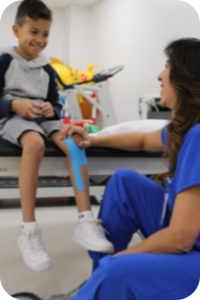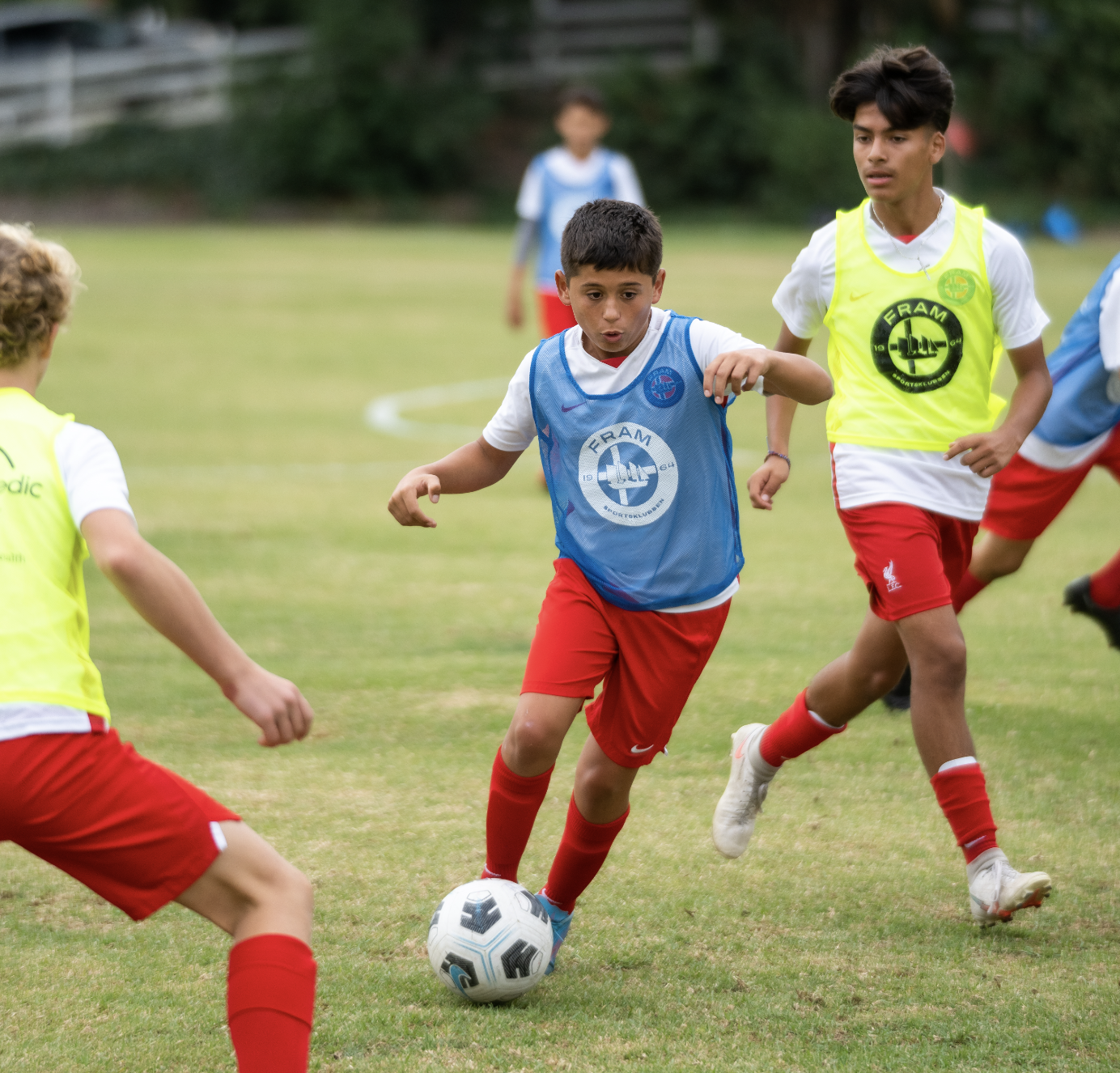5 Ways to Keep Your Bones #Healthy
Kids who exercise not only strengthen their bones and muscles, but they can also sleep better, perform better in school, and are more able to handle physical and emotional challenges.

Published On:
1/18/2024
Written By:
LuskinOIC Foundation
Did you know that your femur is the largest and strongest bone in your body? It is 4 times stronger than concrete! While femur fractures are rarely seen in sports, some of the most common sports injuries to the femur include skiing, football, soccer, or basketball. That is why it is important to keep your bones healthy and strong through physical activity and nutrition.
The three elements of fitness are endurance, strength, and flexibility. For kids to work on these, parents can encourage their kids to engage in a variety of activities and sports.
Here are 5 great outlets to help your child’s bone strength and growth.
1. Walking, rolling, running or jogging: Weight-bearing exercises like these encourage stronger bones. Bones and muscle work together to become stronger.
2. Tennis: This sport helps build stronger bones, promote better balance, coordination and arm strength.
3. Gymnastics: Gymnastics is another sport that is weight-bearing. It will help your child’s bone health, promote flexibility, coordination and endurance.
4. Team sports (like soccer or basketball): These sports are great for maintaining health and strength. It can help improve bone development as well as teach teamwork.
5. Dancing: Dancing tones muscles, strengthens bones and improves balance. Plus it is fun!
Your bones also need these major things to grow to their full peak mass: calcium, vitamin D. Good sources of calcium:
Seeds like poppy, sesame, chia seeds
Cheese, parmesan has the most calcium
Yogurt, also has probiotics, a beneficial bacteria that helps promote immune function
Sardines and canned salmon are packed with calcium
Beans and lentils are also high in fiber and protein
Almonds are also a great source of magnesium
Leafy greens like collard greens and bokchoy
Fortified foods like some breakfast cereals, tortillas and breads provide calcium
Fortified drinks, Nondairy milks and orange juice may be fortified with calcium
Milk is well absorbed by the body
Good sources of Vitamin D:
Salmon, Mackerel, Sardines, Tuna have loads of Vitamin D
Supplements can also provide Vitamin D




